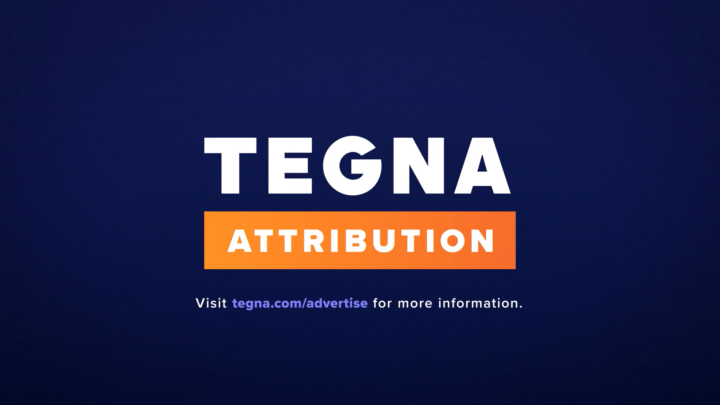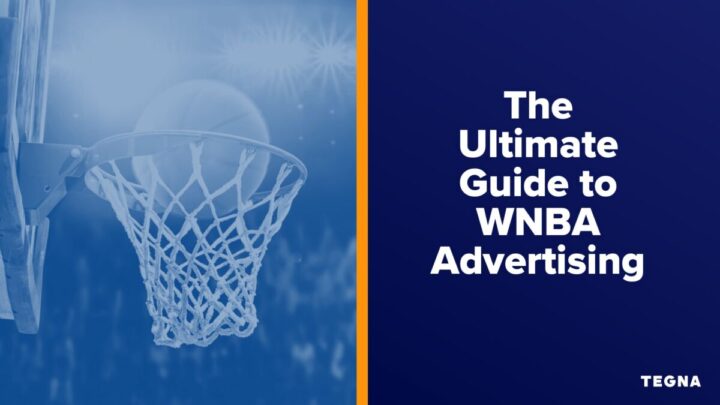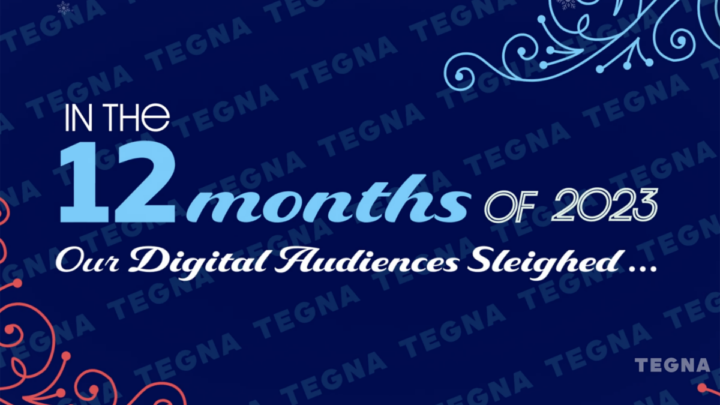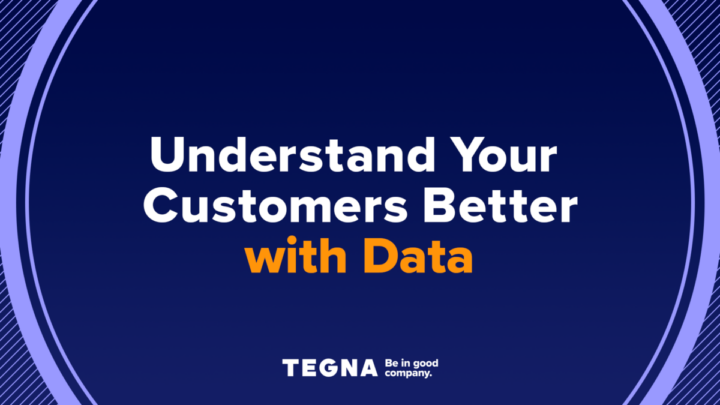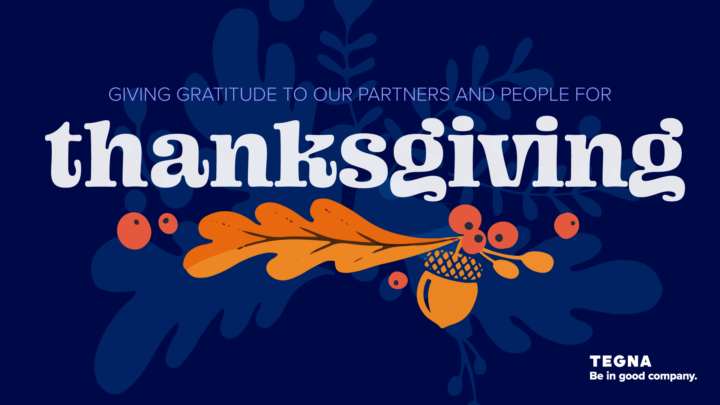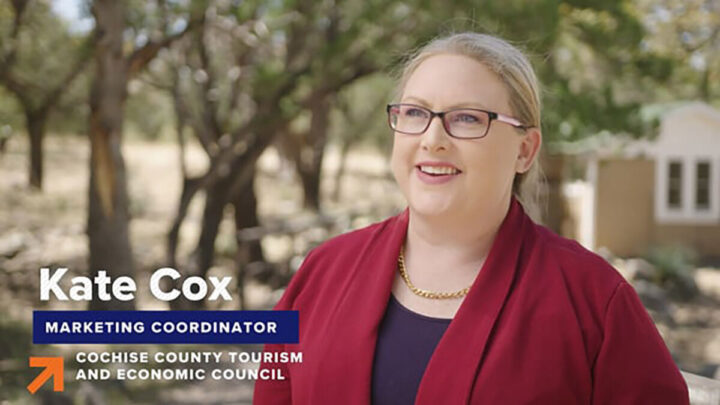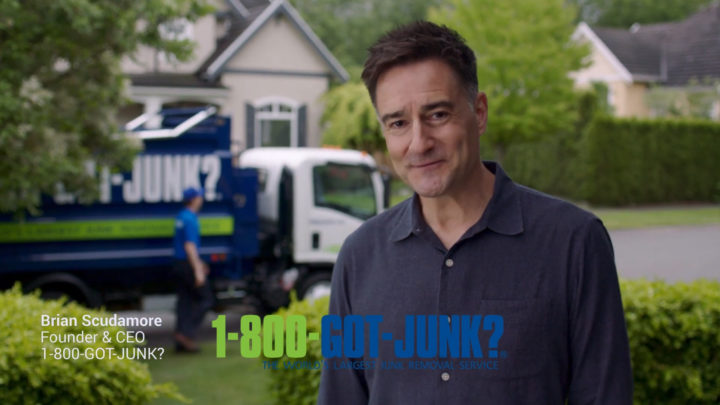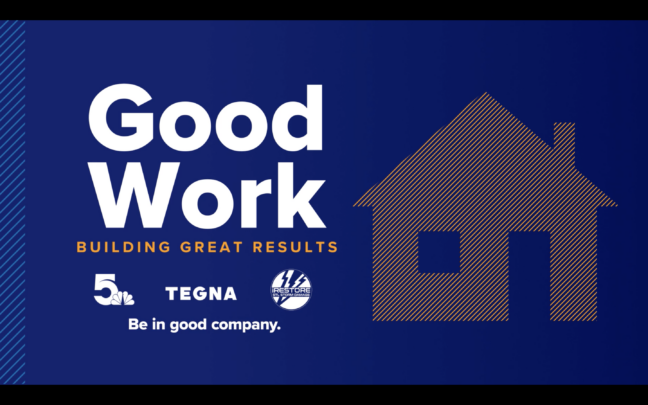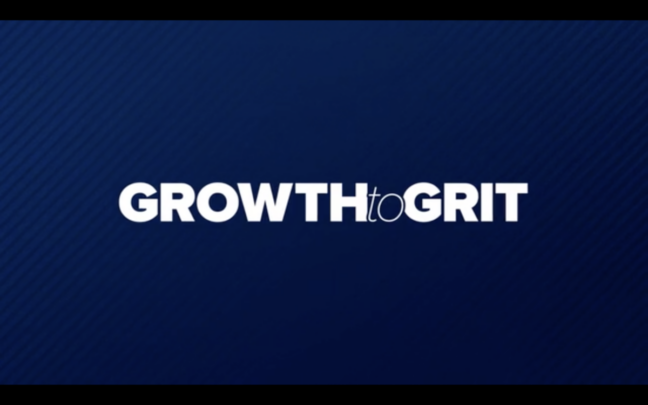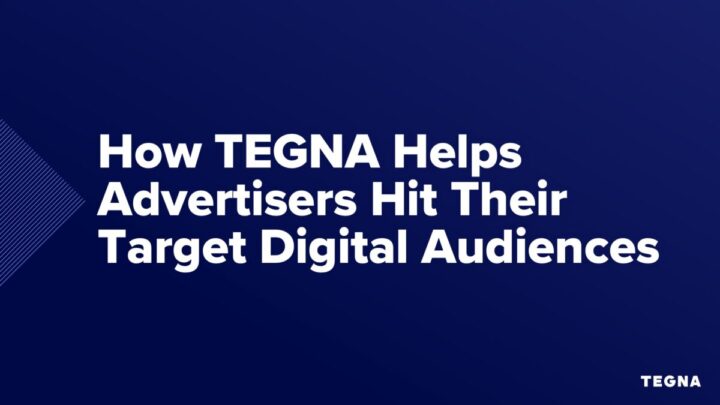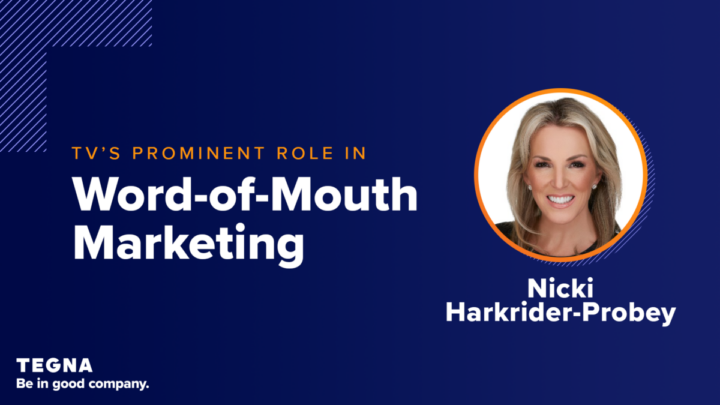TEGNA’s Fight Against Clickbait & Ad Fraud with TAG Certification
Made for “the sole purpose of siphoning ad budgets,” a new report finds that advertisers are spending roughly a tenth of their budgets on clickbait sites. What can you do to prevent wasting your money on ad fraud?
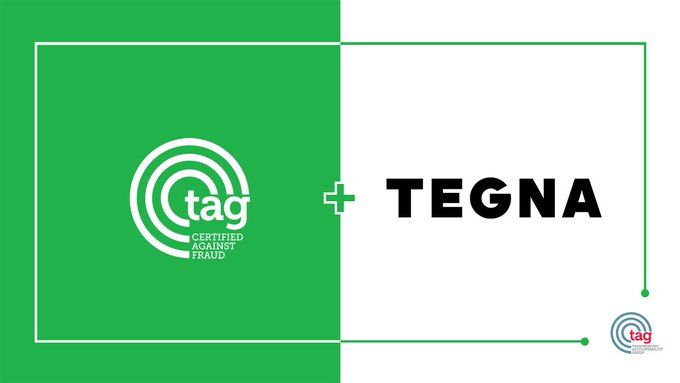
It’s sad but true. The cost of ad fraud is significant. A recent TrafficGuard study estimates that fraud will cost advertisers $87B during 2022. A new study found that $155 million of that budget will be wasted on clickbait sites when broken down.
Clickbait sites exist for the “sole purpose of siphoning ad budgets.” They are often full of misleading and sensationalized “articles” that coax an unsuspecting user to go down an endless noise scroll. Headlines to these articles are often positioned as “10 Cleaning Hacks – #7 Will Blow Your Mind!”
So what is cleaning hack number seven?
Some users will get FOMO reading a headline like this, and that’s why they click. The tactic follows the psychological principle of the “curiosity gap,” which refers to the line drawn between what we know and what we want to know.
What happens next is the user goes down a rabbit hole, clicking on page after page of content, when the mind-blowing cleaning hack is never revealed or is a big let-down. Along the way, the user is bombarded with intrusive ads that provide little to no value to anyone.
Fraud in digital advertising also comes into the equation here, with the generation and automation of false views, impressions, clicks, and interactions with ads through automation, bots, and click farms. Regardless of how ad fraud transpires, it remains an unequivocal cybercrime.
Meanwhile, publishers like TEGNA need to use techniques to block fraudulent traffic and ads with malware. These steps include things like using MRC-accredited ad servers and becoming TAG certified against ad fraud.
There are also ways that advertisers can avoid wasting their marketing dollars on fraudulent websites made for “the sole purpose of siphoning ad budgets” and agencies looking to make a quick buck.
Choose a Good Partner With Quality Content …
Choose your partners judiciously and vet their solutions with a microscope. Choose agencies, media buying companies, publishers, and technology providers with purposeful processes and accreditations that combat fraud. Ensure that your partners have dedicated processes, technology partners, and requisite training to stop fraud before it starts. You’ll also want to look for high-quality publishers that are not only TAG certified but use tools like NewsGuard to prevent the spread of misinformation.
… and is TAG Certified Against Fraud
This is where certifications such as the TAG Certified Against Fraud seal come into play.
At TEGNA, we are TAG Certified Against Ad Fraud, which means we partner with the leading global initiative to fight against these types of cybercrimes. In fact, in 2019, TAG Certified channels reduced the level of display, video, and mobile impressions fraud by more than 88%.
Earning the TAG Certified Against Fraud certification underscores TEGNA’s commitment to serving the greater good of our communities, which we do through our award-winning journalism, and by helping our advertisers’ businesses grow, along with the local economies, they are a part of.
To fulfill our mission, we must ensure we fight back against ad fraud and provide our partners with brand-safe environments using purposeful technologies, processes, and procedures to eliminate fraud – and our TAG Certification is just one way we deliver good business outcomes for our advertising partners.
Be Proactive & Understand the Red Flags
Being proactive is a huge step in combating ad fraud. Understand the warning signs of fraud, which will appear in your reporting and analytics. Red flags to keep an eye out for include:
- High Impressions, No Results. You could have a problem if you’re seeing a spike in clicks and impressions, a high bounce rate, and an increase in abandoned shopping carts paired with low session durations, page views, and little to no conversions. There’s a possibility that bots could be swarming your page to make your ad seem popular to run up your ad spend while delivering zero real results.
- Question the “Too Good to be True.” Most programmatic partners are incentivized to find the lowest possible CPMs for their clients. On paper, clickbait sites offer low CPMs and high viewability. But as the saying goes, “if it seems too good to be true, it probably is.” These sites might provide a large audience at a low cost, but the cost of aligning your messages with questionable and often poorly designed content is something brands can’t afford, as they’ll lose credibility with audiences.
- Be Critical of Measurement Reporting. Ensure that you and your marketing staff understand the situation and are trained to be critical of your campaign’s performance reporting – looking for the red flags above. Although there are logical explanations for many irregular traffic patterns, identifying and questioning patterns that don’t add up to real-life business outcomes for the advertiser should be a regular occurrence in your marketing team meetings.
